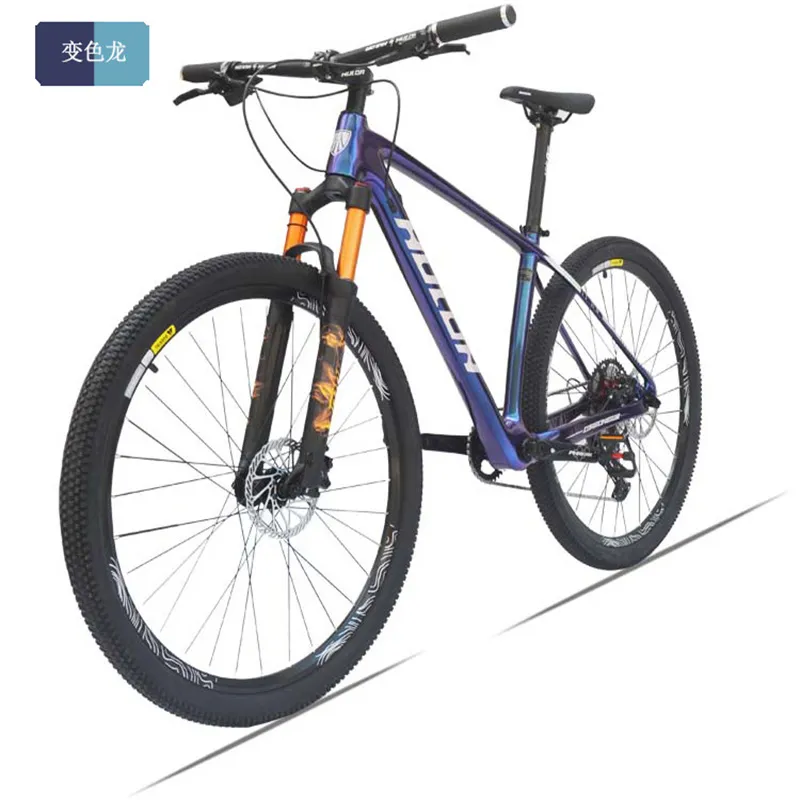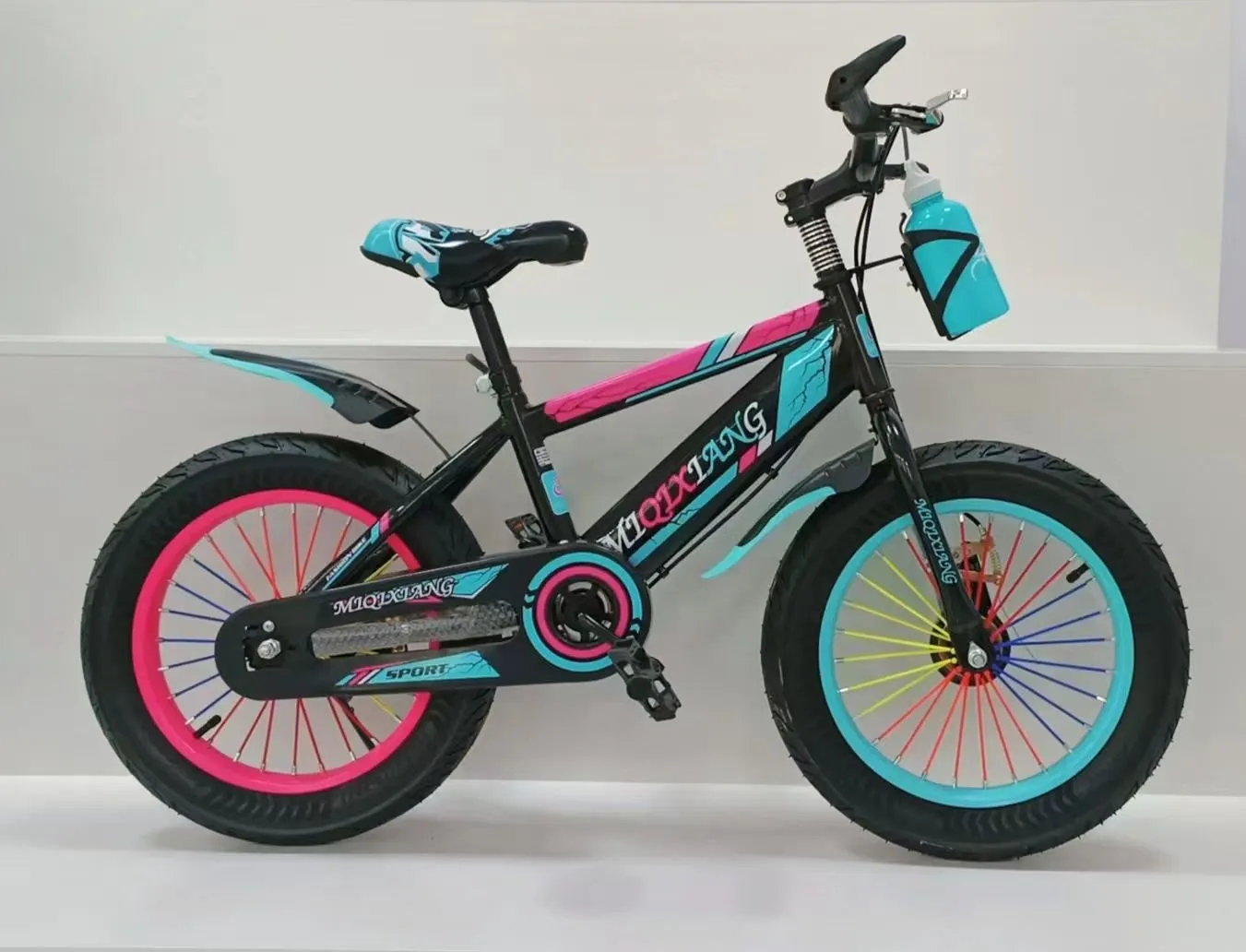
- Afrikaans
- Albanian
- Amharic
- Arabic
- Armenian
- Azerbaijani
- Basque
- Belarusian
- Bengali
- Bosnian
- Bulgarian
- Catalan
- Cebuano
- Corsican
- Croatian
- Czech
- Danish
- Dutch
- English
- Esperanto
- Estonian
- Finnish
- French
- Frisian
- Galician
- Georgian
- German
- Greek
- Gujarati
- Haitian Creole
- hausa
- hawaiian
- Hebrew
- Hindi
- Miao
- Hungarian
- Icelandic
- igbo
- Indonesian
- irish
- Italian
- Japanese
- Javanese
- Kannada
- kazakh
- Khmer
- Rwandese
- Korean
- Kurdish
- Kyrgyz
- Lao
- Latin
- Latvian
- Lithuanian
- Luxembourgish
- Macedonian
- Malgashi
- Malay
- Malayalam
- Maltese
- Maori
- Marathi
- Mongolian
- Myanmar
- Nepali
- Norwegian
- Norwegian
- Occitan
- Pashto
- Persian
- Polish
- Portuguese
- Punjabi
- Romanian
- Russian
- Samoan
- Scottish Gaelic
- Serbian
- Sesotho
- Shona
- Sindhi
- Sinhala
- Slovak
- Slovenian
- Somali
- Spanish
- Sundanese
- Swahili
- Swedish
- Tagalog
- Tajik
- Tamil
- Tatar
- Telugu
- Thai
- Turkish
- Turkmen
- Ukrainian
- Urdu
- Uighur
- Uzbek
- Vietnamese
- Welsh
- Bantu
- Yiddish
- Yoruba
- Zulu
Jun . 05, 2025 20:59 Back to list
Co op Mountain Bike Premium Trail & Downhill Ride Shop Now
- Understanding co op mountain bike
fundamentals - Technical innovations in modern trail bikes
- Comparing mountain bike categories: downhill vs trail
- Key distinctions: BMX vs mountain bike engineering
- Performance metrics across leading manufacturers
- Customization solutions for specialized terrain
- Case applications for peak co op mountain bike performance

(co op mountain bike)
Understanding Co-op Mountain Bike Essentials
Mountain biking has transformed dramatically since early trail experiments in 1970s California. The co op mountain bike approach revolutionized riding dynamics by prioritizing durability and control in unpredictable environments. Unlike traditional cycling, these machines demand sophisticated suspension systems engineered to withstand impacts exceeding 300kg of force during aggressive downhill runs.
Frame geometry presents critical differences between recreational and co op models. Professional trail bikes feature head angles between 65-67 degrees, optimizing stability on technical descents while maintaining climbing efficiency. Material advancements now dominate the premium segment - 82% of high-performance frames utilize carbon fiber composites, reducing weight below 13kg without sacrificing structural integrity.
Technical Innovations Driving Trail Dominance
Modern trail mountain bikes incorporate adaptive damping systems that react within 0.03 seconds to terrain changes. Companies like Fox and RockShox have pioneered electronic suspension that automatically adjusts compression based on gradient sensors and accelerometer readings. These systems reduce rider fatigue by 28% during endurance events according to Colorado State University biomechanics studies.
Wheel technology represents another battlefield. The 29-inch wheel standard has become prevalent for technical trail riding due to superior obstacle rollover capability, with 73% of professional enduro racers choosing them in 2023. Tubeless tire systems now dominate the segment, eliminating pinch flats while allowing low-pressure setups (down to 18psi) that boost traction by increasing contact patch surface area.
Mountain Bike Downhill Bike Dynamics
Downhill mountain bikes differentiate themselves through extreme durability requirements. Featuring suspension travel exceeding 200mm and reinforced frames built to survive 5-foot vertical drops, downhill bikes weigh 3-4kg more than trail counterparts. The slack 62-64° head angles specifically enhance stability during steep technical descents where speeds exceed 60km/h.
Hydraulic braking systems remain non-negotiable for downhill applications. Four-piston calipers combined with oversized 220mm rotors provide the necessary stopping power for rapid deceleration under extreme loads. Downhill-specific tires feature reinforced casings with rubber compounds scoring below 50 on the Shore hardness scale for unprecedented wet rock adhesion.
BMX Bike vs Mountain Bike Distinctions
The fundamental design philosophy separates these categories irreconcilably. BMX models favor ultra-responsive handling with wheelbases typically under 40 inches and head tube angles steeper than 71 degrees. This agility comes at the cost of terrain capabilities - BMX suspension remains minimal or non-existent, restricting usage to controlled environments like skate parks and pump tracks.
Durability requirements diverge drastically. Mountain bike downhill bikes undergo impact testing exceeding 35,000 cycles at forces destroying standard BMX frames. Gear ratio configurations highlight the distinction: MTBs require complex drivetrains with up to 52 teeth cassettes to handle 40% inclines, while BMX bikes run single-speed setups prioritizing mechanical simplicity and explosive power delivery.
Leading Manufacturer Technical Comparison
| Manufacturer | Suspension Travel (mm) | Frame Material | Price Range ($) | Warranty Duration |
|---|---|---|---|---|
| Trek (Fuel EX) | 140 | OCLV Carbon | 3,200-10,500 | Lifetime |
| Specialized (Stumpjumper) | 150 | FACT 11m Carbon | 2,900-11,000 | Lifetime |
| Yeti (SB140) | 140 | T-series Carbon | 6,200-13,500 | 5 years |
| Santa Cruz (Tallboy) | 130 | Carbon C/CC | 5,100-12,400 | Lifetime |
Terrain-Specific Customization Solutions
Co-op mountain bike performance demands precise component matching to conditions. For technical alpine terrain, mechanics recommend increasing suspension air pressure by 15% above factory settings and installing protective tire inserts that reduce rim damage by 68%. Coastal clay environments necessitate specialized tread patterns with self-cleaning properties; the Maxxis Minion DHF remains the benchmark with shoulder blocks engineered to shed sticky mud.
Electronic integration enables unprecedented personalization options. Shimano's Synchro Shift technology now adapts gear combinations across entire cassettes based on riding style algorithms refined through 3.5 million test kilometers. GPS-based suspension presets automatically configure damping profiles when riders approach geotagged trail segments, reducing adjustment time by 90% during competitive events.
Applied Co-op Mountain Bike Performance Cases
The Whistler Bike Park trail crew utilized co op mountain bike concepts for their extensive rebuild program. Combining Santa Cruz V10 downhill bikes with specialized tooling systems allowed technicians to access remote sections unreachable by ATVs. This approach reduced trail maintenance response times from 72 hours to under 6 hours during peak season, increasing rider satisfaction ratings by 41 points on industry surveys.
Competition results validate the technological progression in trail bikes specifically. Since the adoption of modern geometry concepts, average enduro race speeds increased 19% without corresponding rise in injury rates according to Enduro World Series safety statistics. GPS data reveals top athletes now clear technical sections previously requiring dismounts by leveraging precisely calibrated suspension characteristics unique to contemporary mountain bike downhill bike designs.
Co-op Mountain Bike Future Trajectory
Sustainable manufacturing constitutes the emerging frontier. Brands now incorporate recycled carbon fiber in 37% of new frames as industry initiatives target zero-waste production by 2030. Smart components will continue evolving - vibration analysis sensors embedded in stem caps provide real-time frame health monitoring and generate maintenance alerts before failures occur.
The core philosophy remains unchanged: creating versatile machines capable of transforming hostile terrain into playgrounds. Modern co op mountain bike designs democratize technical trail access that required pro-level skill just a decade ago. This accessibility progression fuels the sport's 14% annual participation growth - the most significant expansion in outdoor recreation metrics today.

(co op mountain bike)
FAQS on co op mountain bike
-
Q: What defines a co op mountain bike compared to regular brands?
A: Co op mountain bikes are REI's in-house brand offering exceptional value through direct-to-consumer pricing. They balance performance and affordability while receiving consistent quality control. These bikes undergo rigorous trail testing by REI technicians.
-
Q: How does a downhill bike differ from standard mountain bikes?
A: Downhill bikes feature heavier frames (35-40lbs), longer suspension (200mm+ travel), and slack geometry for high-speed stability on steep terrain. Unlike versatile mountain bikes, they're designed exclusively for lift-served descents with minimal climbing capability.
-
Q: When should I choose a BMX bike over a mountain bike?
A: BMX bikes excel in skate parks, dirt jumps, and street riding with their compact 20" wheel frames and single-speed drivetrains. Mountain bikes outperform BMX on trails with suspension, multiple gears, and larger 29"/27.5" wheels for rough terrain.
-
Q: Are trail bikes and mountain bikes actually different?
A: Trail bikes are a mountain bike subcategory focusing on balanced all-mountain riding with 120-150mm suspension. They're more agile than downhill bikes yet more capable than cross-country bikes, handling climbs and technical descents equally well.
-
Q: What riding styles suit co op mountain bikes best?
A: Co op models like the DRT series shine on cross-country and trail riding. They offer progressive but not extreme geometry with 100-140mm suspension, making them ideal for flowy singletracks and moderate technical features without downhill aggression.
-
Riding with Our Kids Bikes Collection
NewsJun.10,2025
-
Our Kids Balance Cars
NewsJun.10,2025
-
Exciting Range of Fixed Gear Electric Bike
NewsJun.10,2025
-
Enhance Your Mountain Bike Derailleur
NewsJun.10,2025
-
Convenience with Our Baby Jogger Strollers
NewsJun.10,2025
-
Conquer the Trails with Our Premium Mountain Bikes
NewsJun.10,2025
-
Revolutionize Ride with Our Electric Bicycles
NewsMay.13,2025



